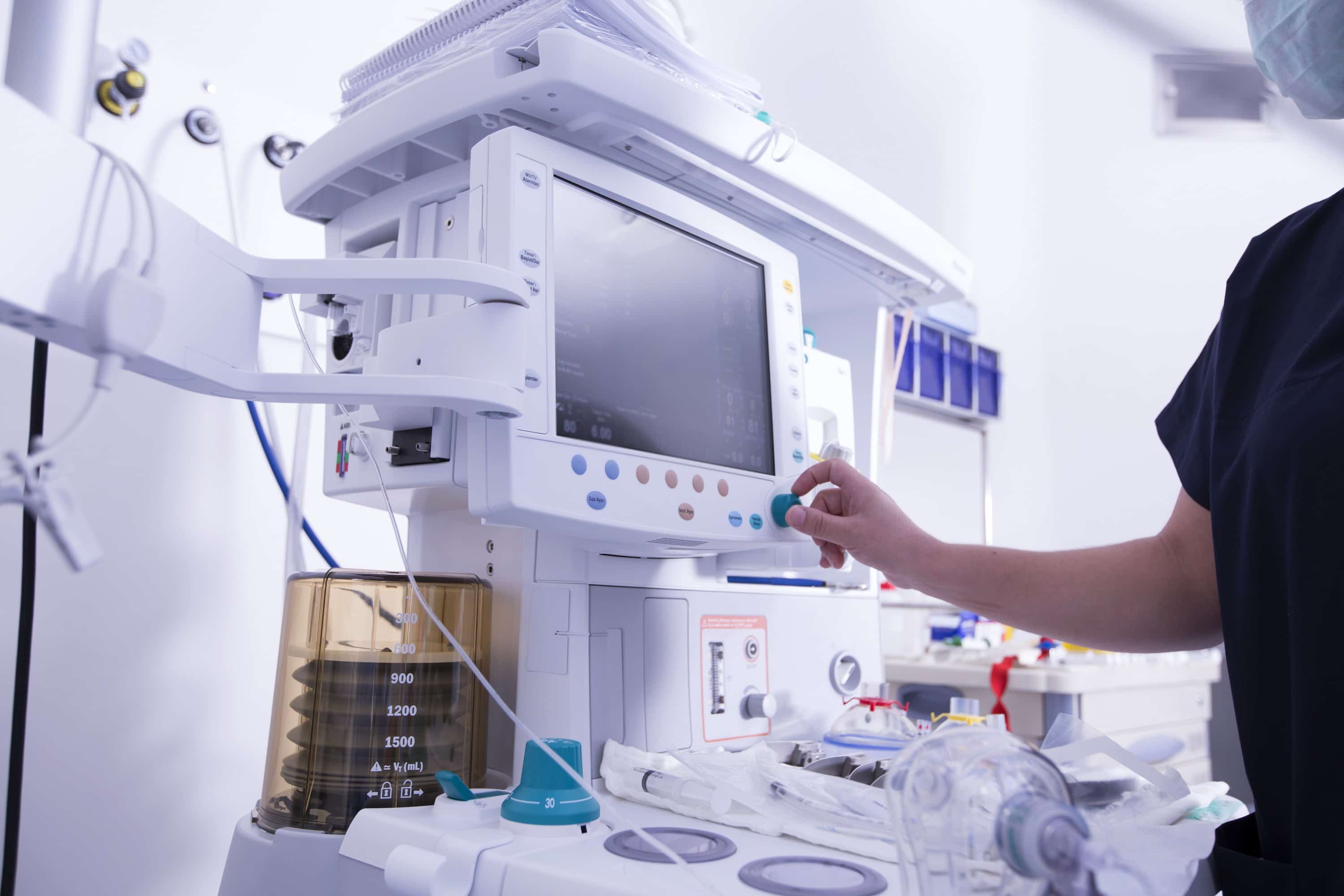
The emergence of shared decision making in health care has empowered patients to take a more active role in managing their own treatment. In contrast to former care paradigms in which patients largely deferred decision making to technocratic providers and physicians, shared decision making focuses on empowering patients to make their own treatment decisions through education that incorporates the patient’s values and preferences.1 This shift places new importance on understanding what exactly drives decision making by patients.
The most obvious factors are those that would be considered by a “rational” patient in cost-benefit analyses: cost of treatment, indirect costs such as lost wages, likelihood of survival, probable complications, and quality of life, among others. But for a host of reasons, patients do not usually carry out this sort of rational economic analysis when making health care decisions. For one, outcomes data are notoriously difficult to obtain, making many relevant statistics only available to very enterprising patients. Patients can also be easily overwhelmed by the gravity and complexity of the medical decisions they face. With the vast amount of literature available and potential analyses that could be done to determine the optimal treatment, many patients, feeling intimidated, may simply leave important health care decisions to their doctors.2
Perhaps the most important factors are psychological ones, which fall within the realm of behavioral economics. For example, a study compared the views of two groups of women: the first group was asked to estimate their lifetime risk of developing breast cancer (their mean estimate was 41%) then informed of their actual lifetime risk (13%), while the second group was informed of their 13% lifetime risk of developing breast cancer up front. The first group reported feeling relieved after learning about the 13% risk, which was considerably lower than their initial estimate, while the second group did not feel the same sense of relief and reported instead that the 13% figure was about what they had expected.3 This is a classic example of “hindsight bias”, a phenomenon with significant medical implications. Feeling relieved upon learning the lower percentage, the first group of women in the study may feel less inclined to receive mammograms.
For those in the anesthesia services industry, it is critical to account for both rational and behavioral economic factors when planning perioperative care. Rational factors are critical when considering best practices for the health and finances of patients, anesthesia practices, and society at large. However, rational planning is not effective until patient psychology and insights from behavioral economics are accounted for. Anesthesiology professionals are especially important actors in decision making because of their role in alleviating patient pain and discomfort during treatment. Pain is a powerful psychological influencer, and the anticipated pain associated with a course of action may have an outsized influence on a patient’s medical decision making. For this reason, anesthesia providers need to be engaged members in the movement toward shared decision making. Their expertise will be essential to creating interactive decision aids that can accurately guide patients and help plan more efficient anesthesia management. For example, anesthesia providers are often pressured to use lower-cost medications. However, drug expenses are small compared to human labor costs in most anesthesia practices.4 With their knowledge and experience, anesthesia professionals are better positioned to advocate for solutions such as better scheduling of anesthesia services and staff, that improve efficiency without sacrificing patient comfort or safety.
References:
- Lee, Emily O. and Ezekiel J. Emanuel. 2013. “Shared Decision Making to Improve Care and Reduce Costs.” The New England Journal of Medicine 368, no. 1: 6-8.
- Landro, Laura. 2017. “How to Get Patients to Take More Control of Their Medical Decisions.” The Wall Street Journal, February 28, 2017. https://www.wsj.com/articles/how-to-get-patients-to-take-more-control-of-their-medical-decisions-1488164941.
- Ubel, Peter A. 2010. “Beyond Costs and Benefits: Understanding How Patients Make Health Care Decisions.” The Oncologist 15, suppl. 1: 5-10.
- Watcha, Mehernoor F. and Paul F. White. 1997. “Economics of Anesthesia Practice.” Anesthesiology 86, no. 5: 1170-96.

